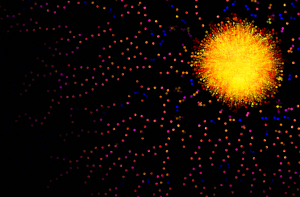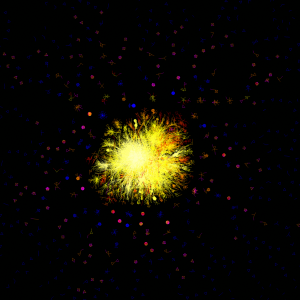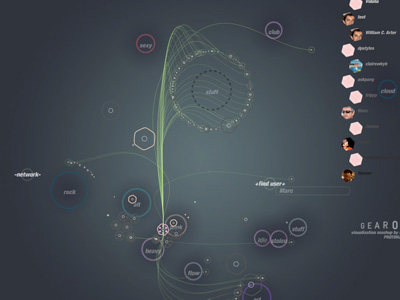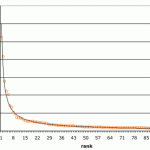I was recently asked to put together some thoughts about the potential impact Social Networks could have on education by a really savvy M.D. over at Cerner, and I thought this audience might be interested too. I have not seen too much about this topic, and would really like to hear your thoughts.
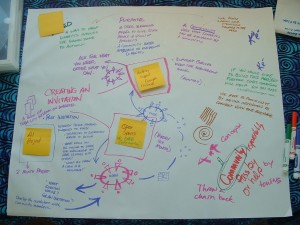
Social Networking sites simplify conversations by lowering the cost to communicate to large groups, both for the speaker and the recipient. Accomplished by enforcing small messages, recipients can easily consume or ignore the content with trivial effort. This in itself has some pretty interesting impact on one’s social network. But, the messages are also semi-permanent, consumed at leisure, and are often open to any interested peers, not just the intended recipient.
Open recorded dialog offers a unique value in communication: the conversation doesn’t end just because it has stopped. This persistence and openness in the dialog has some interesting conceivable implications for education:
- Participants can join into the conversation, well after it’s stopped. This is a biggie. This open availability allows individuals to pick up the conversation where it left off, taking it in new directions their own context brings with them. It is this factor that not only contributes to many new ideas, but also helps drive quality by squeezing the most out of existing ones..
- Discuss once, available to all. The SN creates a naturally accumulating body of knowledge, available to all with thanks to your favorite search engine.
- Record the process, not just the answer. Following along with a conversation, you can actually learn with the participants, not just gain from their answers. Further, many times the conversation is not going to answer your specific question, but you can gain insight from the ideas already discussed, and get pointers to more places to look.
- Don’t have to know conversation partners in advance. In conjunction with (1), you can put a question out to your peers, and see who responds. Find experts, even when you don’t know where to look.
Much of the above is available to any generic SN, from MySpace to any online forum. But, what SNs offer over and above online forums, is trust. The who you are carrying on conversations with, you know. You know whether the respondent is knowledgeable or guessing, and can more likely read into the subtlety of their responses. Couple this trust with focused goals, as SERMO has for the medical community, and you open the pool even wider for advice.
You’ve noticed that the language I am using is around conversation, dialog, and advice. Because of the short-form messaging, SNs are much more suited to peer-based education than seminars. I have yet to see anyone artfully present more than maybe 1,000 words on the Internet; it’s no substitute for medical journals. It is, however, an excellent place to discuss the journal contents, grind out all the last subtleties, and come up with ideas for your next article.
It is the pressure of our peers, after all, that gives us the support to try things we otherwise wouldn’t have. — BILL TREASURER, Right Risk
In addition to these benefits, there are the possible benefits of all of this being a social venture: cultural norms. If you, the educator, control a network, there’s a lot you can do to build group behaviors to reinforce whatever you are trying to teach them: group rewards if 90% of the class does their homework, peer pressure to go outside and exercise for asthmatics, peer support in the middle of the night not to give in to that nicotine craving, or even just introducing icebreakers prior to a convention.
Each of these has been around long well before the prevalence of SNs. But today, SNs now provide an easy platform that automates much of the hard work, and create a reason for pools of trusted colleagues to come together spanning many timezones. From your colleagues, and from their colleagues, ideas and new perspectives arise. It requires motivation on your part, but this is prime time for peer education.
So, how have you used SNs for education? Constructively used peer pressure in an educational setting? What’s your example of peer pressure helping you?
[Photo credit: Chris Corrigan]
